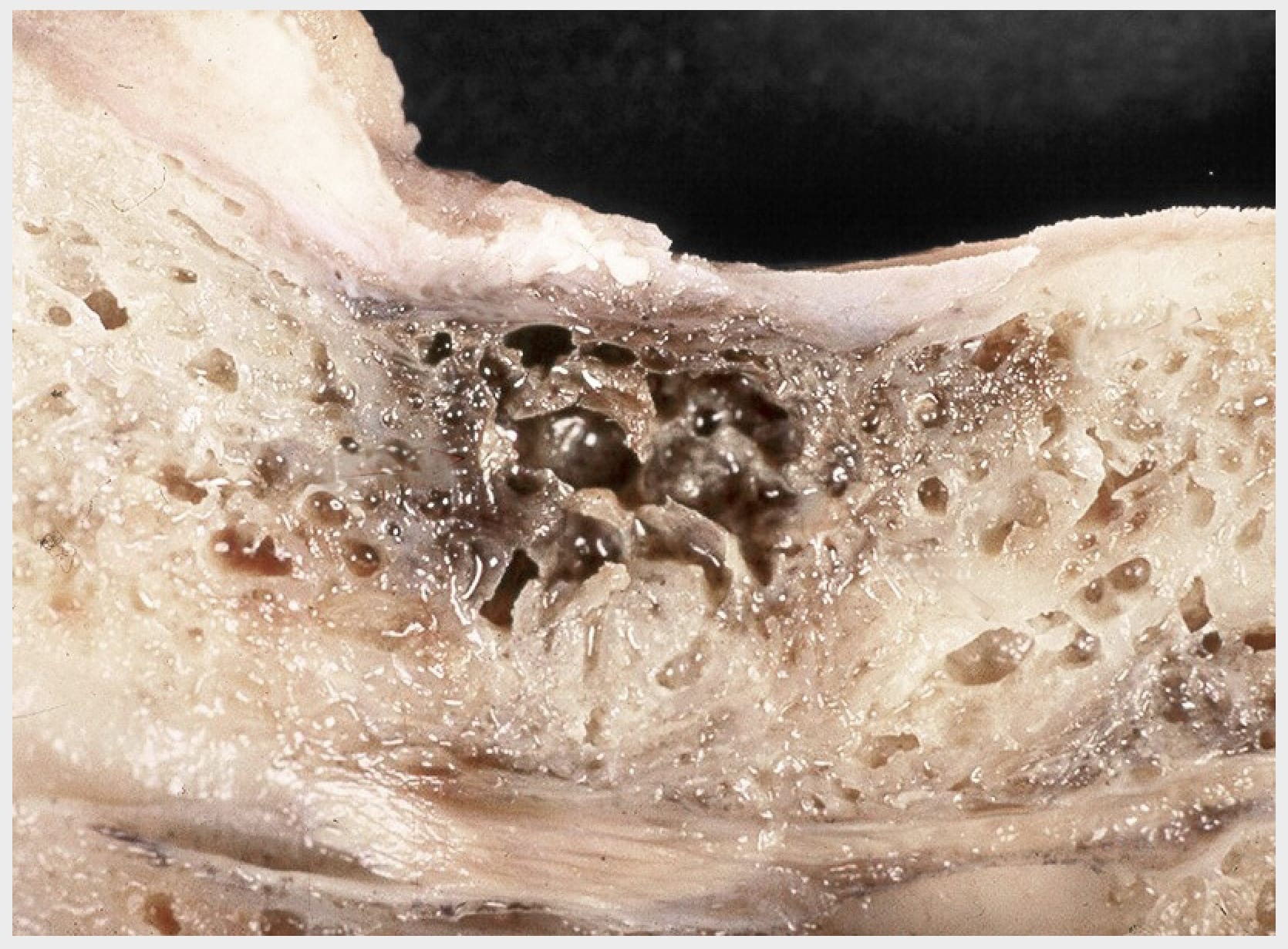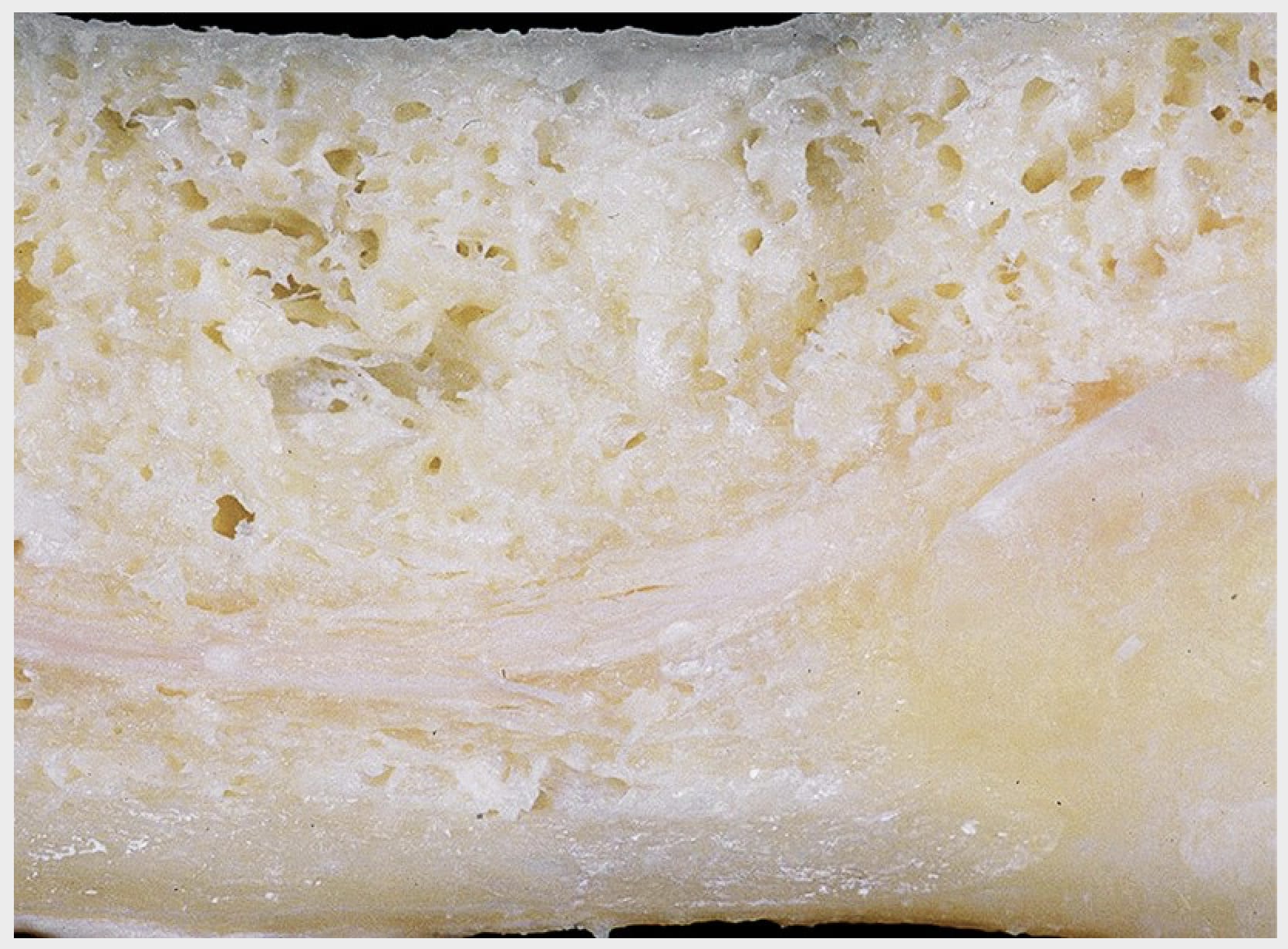Treatment of chronic inflammations caused by necrosis of the jaw bone
Jawbone osteonecrosis – or neuralgia-inducing cavitation osteonecrosis (NICO) – is a degenerative disease leading to the death of both bone marrow and bone tissue due to a decrease in blood flow and/or impaired bone healing after surgery.
This is nothing new from a medical perspective. Similar findings in the bones have been known since the late 19th century. However, current scientific knowledge gives us a much better understanding of the immune system and its communication with bone cells in the process of bone tissue regeneration.
The immune and bone systems seem to be closely connected because they share common signaling pathways and regulatory mechanisms. Understanding these mechanisms and pathways has led to new knowledge and resulted in interdisciplinary research, from which the new medical field of osteoimmunology emerged.
The current revision of the International Statistical Classification of Diseases and Related Health Problems (ICD-10) now contains the term “idiopathic aseptic osteonecrosis”. The disease is often described in other parts of the skeleton, but is still neglected in the dental community.
We would like to help correct this mistake. The main reason is the negative effects necrosis of the jaw bone has on health.
We can summarize them in two areas:

1) Local chronic irritation of the facial nerves ‒ its symptoms are known as neuralgia of the trigeminal nerve
2) Systemic effect on important organs or cell function through pro-inflammatory chemokine, such as RANTES (regulated upon activation, normal T cell expressed and presumably secreted)/CCL5 [chemokine (C-C motif) ligand 5].
Studies have shown that inflammation caused by the RANTES chemokine is involved in many systemic diseases such as arthritis, atopic dermatitis, nephritis, colitis, amyotrophic lateral sclerosis (ALS), Parkinson’s disease, alopecia and thyroid disorder. RANTES has also been proven to accelerate tumor growth.

Treatment of jaw bone necrosis consists of the complete surgical removal of the affected areas and disinfection of the site with ozone. We use a gentle piezosurgical method for removal, where we treat the affected area using ultrasound without the risk of damage to soft tissues. PRF membranes (platelet-rich fibrin) are used to fill the cleaned area to support healing. The level of vitamin D in the blood is also of great importance in the treatment of jaw bone necrosis, which should be as high as possible.